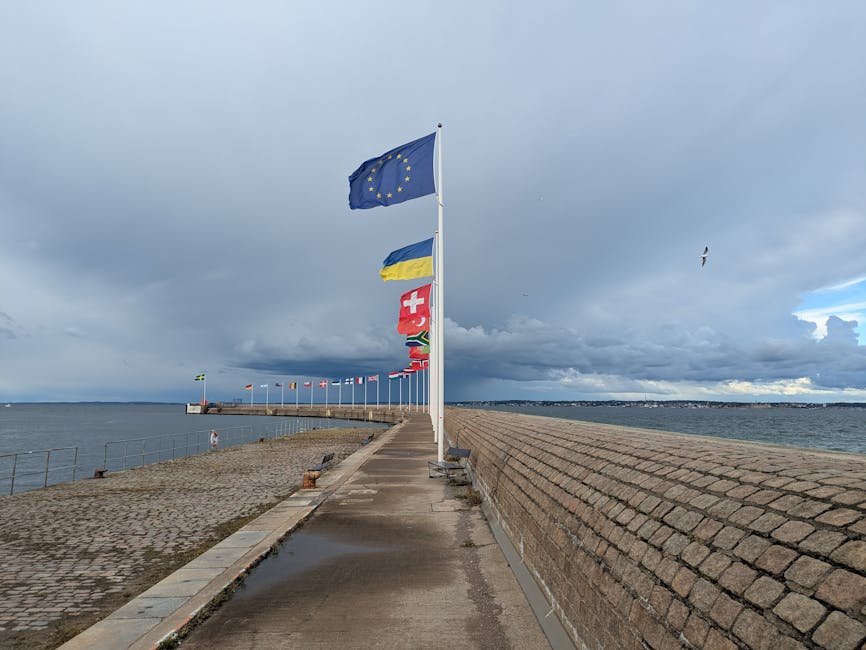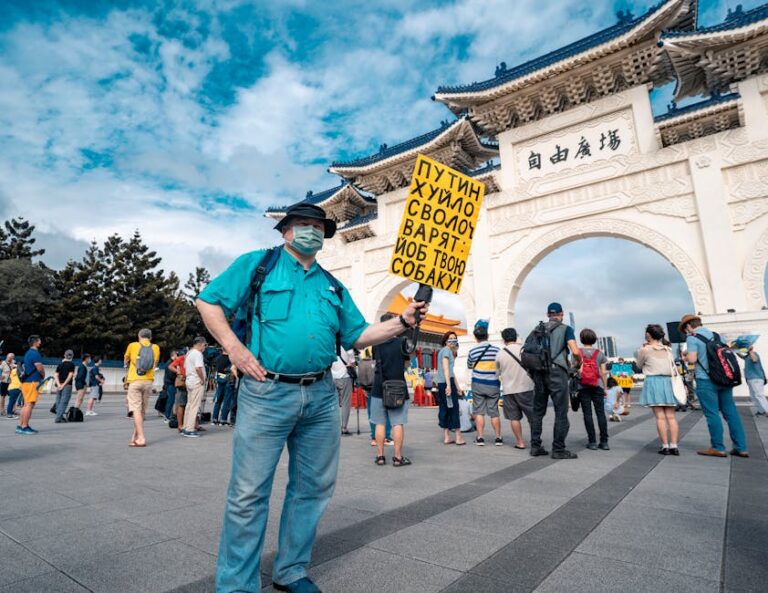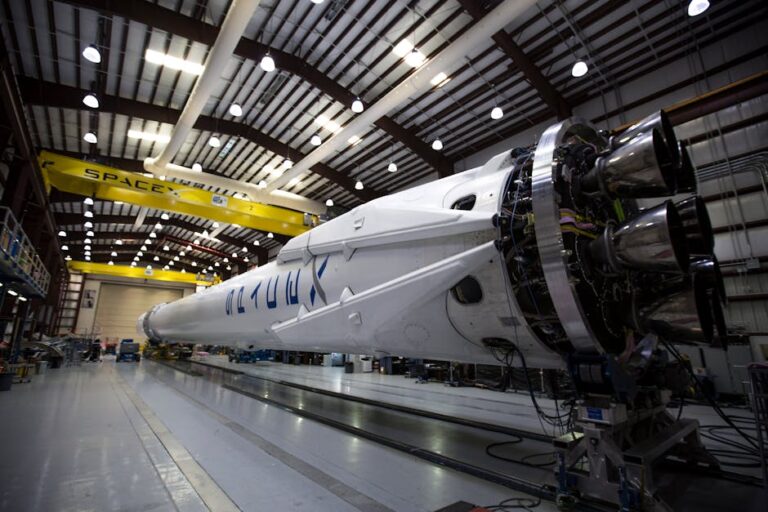Following President Trump’s meetings with President Putin, prospects for Ukraine’s president meeting with the Russian leader have diminished. The anticipated diplomatic breakthrough appears increasingly unlikely.
President Trump stated after his Helsinki summit with President Putin that the Russian leader was open to meeting Ukraine’s President. This assertion followed months of heightened tensions between Kyiv and Moscow. Kremlin officials later offered a more cautious outlook on potential direct talks. Ukraine’s own leadership expressed skepticism about immediate bilateral discussions. The ongoing conflict in eastern Ukraine has seen persistent artillery exchanges. Peace efforts have stalled repeatedly since 2014.
Eastern Ukraine Stalemate
The situation in Donbas remains precarious for civilians. Fighting has displaced millions from their homes. International observers have documented regular ceasefire violations. Ukraine’s military reported dozens of casualties last month. Russia denies direct involvement in the conflict. The Minsk agreements, intended to resolve the crisis, have not been fully implemented. Diplomatic channels have struggled to bridge the significant divides. President Zelenskyy has pursued de-escalation efforts.
Ukrainian officials have voiced frustration with the lack of progress. They point to continued Russian interference. Talks between Ukrainian and Russian negotiators have yielded little. Efforts to arrange a direct meeting between the two presidents face significant obstacles. These obstacles include the unresolved status of occupied territories. They also encompass the broader geopolitical context.
What Comes Next
The window for productive diplomacy appears to be narrowing. President Trump’s initial statements had raised hopes for a new engagement. However, subsequent reporting suggests these hopes may be misplaced. Both sides remain entrenched in their positions. This reality complicates any immediate path toward a summit.
American policy toward Ukraine has emphasized a united front with European allies. This approach aims to maintain pressure on Russia. However, presidential priorities can shift, influencing diplomatic strategies. The absence of a concrete agenda for a Ukraine-Russia meeting hinders progress. Analysts suggest that substantive concessions would be necessary for any summit to succeed. Without them, such a meeting risks becoming a public relations event.
The European Union continues its support for Ukraine’s sovereignty. Sanctions against Russia remain in place. This alignment signals a broader international stance. However, the effectiveness of these measures is debated. Internal political developments in both Russia and Ukraine also play a role. They shape the willingness to compromise.
The humanitarian situation in the conflict zones continues to be dire. Access for aid organizations is often restricted. Winter conditions exacerbate the challenges faced by displaced populations. Efforts to rebuild infrastructure are hampered by ongoing hostilities. International funding remains critical for recovery efforts.
A recent report detailed the extensive damage to civilian infrastructure. Thousands of homes and public buildings have been destroyed. Repair efforts are slow and underfunded. The economic impact of the conflict on Ukraine is substantial. Trade routes have been disrupted. Investment has been deterred.
“The diplomatic terrain for a Ukraine-Russia presidential meeting is incredibly complex, requiring more than just a willingness to sit down; it demands a foundation of trust and tangible progress on core issues, which currently remains elusive.”
The path forward for Ukraine involves continued focus on domestic reforms. Strengthening institutions is crucial. Economic development remains a key priority. Addressing corruption is also vital for long-term stability. These internal efforts are intertwined with external security challenges. They require sustained international partnership.
Military aid and training programs continue to assist Ukraine’s defense capabilities. These programs aim to bolster border security. They also support efforts to counter hybrid warfare tactics. The resilience of Ukraine’s society is evident. However, the protracted nature of the conflict takes a heavy toll.
Future diplomatic initiatives will likely depend on broader geopolitical shifts. The engagement of major global powers remains a critical factor. Normandy Format talks, involving Germany, France, Russia, and Ukraine, may see renewed activity. However, their effectiveness has been limited in the past. The current stalemate presents a significant challenge.
Securing lasting peace in eastern Ukraine requires a multifaceted approach. This approach must address security concerns. It must also tackle the political and humanitarian dimensions of the conflict. Direct dialogue, when properly structured, can be a valuable tool. However, the preconditions for such dialogue are not yet met.
The international community watches closely for any signs of de-escalation. The potential for renewed conflict is a constant concern. Ukraine’s government remains committed to seeking a peaceful resolution. This commitment is tempered by the realities on the ground. The diplomatic process requires patience and persistence.
The diplomatic momentum appears to have stalled, leaving Ukraine facing continued instability. Further engagement hinges on preconditions that are not yet established. A formal statement on future summit possibilities is not expected soon.




